The worldwide population of mammals, birds, fish and aquatic creatures, amphibians, and reptiles have plunged by almost 60 percent, since 1970, as human activities are continuing to overwhelm the environment, said the WWF conservation group, last week.
The latest index shows an overall decline of 60% in population sizes between 1970 and 2014. Current rates of species extinction are 100- to 1,000-times higher than the background rate, or standard rate of extinction, in the Earth’s history before human pressure became a prominent factor. Population decline of certain species is especially pronounced in the tropics, with South and Central America suffering the most dramatic decline, an 89% loss compared to 1970. Freshwater species numbers have also reduced with a focused Freshwater Index showing an 83% decline since 1970.
On average, we have seen an astonishing 60% decline in the population sizes of mammals, birds, fish, reptiles, and amphibians in just over 40 years, according to WWF’s Living Planet Report 2018.
The top threats to species identified in the report directly link to human activities such as habitat loss and degradation and the misuse of wildlife like during fishing and hunting.
Biodiversity & Our Forests
Biodiversity has been described as the ‘infrastructure’ that supports all life on Earth. The natural systems and biochemical cycles that biological diversity generates allow the stable functioning of our atmosphere, oceans, forests, landscapes, and waterways. They are a prerequisite for our modern, prosperous human society to exist, and survive.
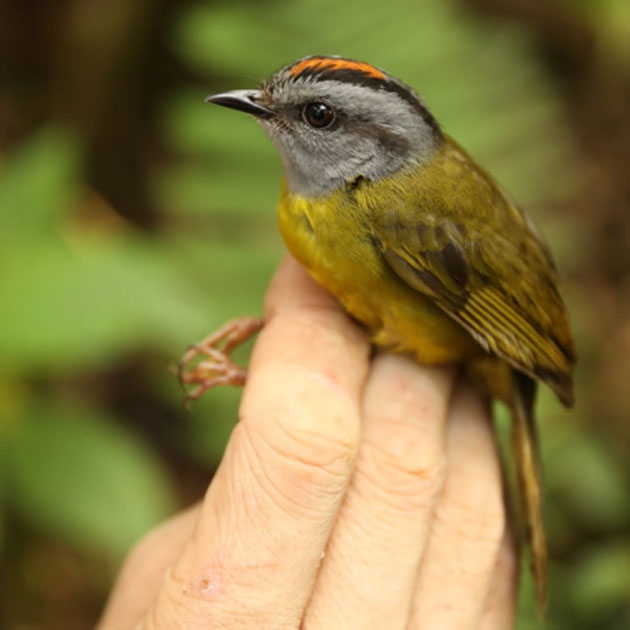
The russet-crowned warbler inhabits high elevations in Peru. Eight other similar species found in a previous survey in 1985 could not be found during a more recent survey. (Source: Graham Montgomery/University of Connecticut, CT)
This degradation of nature is among the most serious issues that the world faces, today. Tropical forests hold most of Earth’s biodiversity. Their continued loss through deforestation and agriculture is the main threat to species globally, greater than that of disease, invasive species, and climate change.
However, not all tropical forests have the same ability to sustain biodiversity. Those that have been disturbed by humans, including forests previously cleared and regrown (secondary growth), have lower levels of species richness compared to the undisturbed (primary) forests. This difference is even greater considering extinctions that will later emanate from the disturbance, known as extinction debt.
On a global scale, the area of minimally disturbed forests has declined by 92 million hectares between 2000 and 2013.
Forests are among the richest ecosystems. Tropical, temperate and boreal forests cover nearly 30% of the Earth’s land area, and they are home to more than 80% of terrestrial species of animals, plants, and insects.
While the rate of forest area net loss has slowed due to reforestation and the establishment of new plantations, biodiversity projects, as well as policy and regulatory efforts to reduce forest conversion, the issue has continued at relatively high levels in tropical forests, particularly in some frontier areas in South America, sub-Saharan Africa, and Southeast Asia.
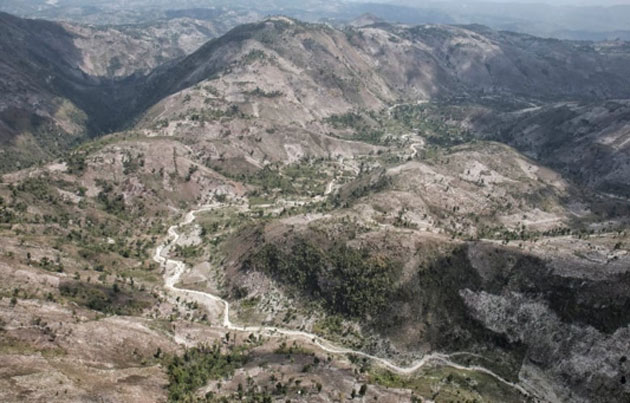
A new study shows that less than one per cent of the primary forest in Haiti remains, as illustrated by deforested hills in the Massif de la Hotte. Many endemic species, especially amphibians and reptiles, have been wiped out along with the trees. (Source: Eladio Fernandez Caribbean Conservation Photography)
The most common pressures causing deforestation and severe forest degradation are large- and small-scale agriculture, unsustainable logging, mining, infrastructure projects, and increased fire incidence and intensity. New roads can have a small direct impact but a larger indirect effect through opening up forests to settlers and agriculture. Poor forest management, destructive logging practices, and unsustainable fuelwood collection degrade forests and often instigate an increasing spiral of degradation that eventually leads to deforestation.
Threats to the Source of Life: Fresh Water Ecosystems
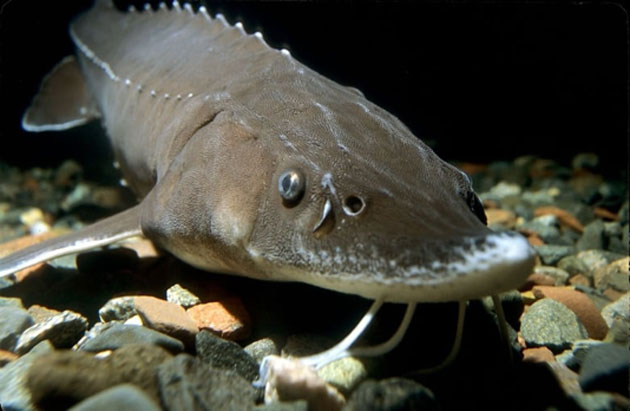
A lake sturgeon swims in the Great Lakes. Freshwater ecosystems have seen some of the highest declines in wildlife populations globally, the WWF reports. (Source: Engbretson Underwater Photography)
Freshwater ecosystems contain disproportionately more species per unit area than marine and terrestrial ecosystems. Although they cover less than 1% of the Earth’s surface, freshwater habitats are home to more than 10% of known animals and about one-third of all known vertebrate species. These distinct ecosystems are under increasing levels of threat.
Freshwater ecosystems are also impacted by increasing withdrawal and consumption of surface water for a variety of uses but dominated by agriculture, which is responsible for approximately 70% of total consumption.
Some of major threats to biodiversity are:
- Habitat loss and degradation
This refers to the modification to the environment where a species lives, by complete removal, fragmentation or reduction in quality of key habitats. The common causes of this are unsustainable agriculture, logging, transportation, residential or commercial development, energy production, and mining. For freshwater habitats, fragmentation of rivers and streams and abstraction of water have been reported to be frequent threats.
- Species overexploitation
There are both direct and indirect forms of overexploitation. Direct overexploitation refers to unsustainable hunting and poaching or harvesting, whether for subsistence or for trade. Indirect overexploitation occurs when non-target species are killed unintentionally, for example, as bycatch in fisheries.
- Pollution
Pollution can directly affect a species by making the environment unsuitable for its survival (this is what happens, for example, in the case of an oil spill). It can also affect a species indirectly, by affecting food availability or reproductive performance, thus reducing population numbers over time.
- Invasive species and disease
Invasive species can compete with native species for space, food and other resources, can turn out to be predators for a native species or spread diseases that were previously not present in the environment. Humans also transport new diseases from one area of the globe to another.
- Climate change
As temperatures change, some species will need to adapt by shifting their range to track suitable climate. The effects of climate change on species are often indirect. Changes in temperature can confound the signals that trigger seasonal events such as migration and reproduction, causing these events to happen at the wrong time. For example, climate change could trigger misaligning reproduction and a period of greater food availability in a specific habitat.
There is no precedent for the current losses in biodiversity and ecosystems, and this extends to all parts of the world, even where there is no direct impact from human activities.
An Opportunity Presents…
Between now and the end of 2020, there is a unique window of opportunity to shape a positive vision for nature and people. The Convention on Biological Diversity (CBD) is in the process of setting new goals and targets for the future, which together with the Sustainable Development Goals could become the key international framework for protecting nature and enhancing biodiversity.
Top Image: Populations of vertebrates worldwide have declined by 60 percent on average, says the 2018 Living Planet report from the World Wildlife Fund. Barren-ground caribou is among the species that have seen dramatic declines in Canada. (Source: WWF-Canada)
References
(1) Living Planet Report 2018, WWF, https://c402277.ssl.cf1.rackcdn.com/publications/1187/files/original/LPR2018_Full_Report_Spreads.pdf
60% of world's wildlife has been wiped out since 1970, 2018, CBC, https://www.cbc.ca/news/technology/living-plant-wwf-2018-1.4882819
Hedges et al. (2018), ‘Haiti’s biodiversity threatened by nearly complete loss of primary forest’, PNAS
Freeman et al. (2018), ‘Climate change causes upslope shifts and mountaintop extirpations in a tropical bird community’, PNAS


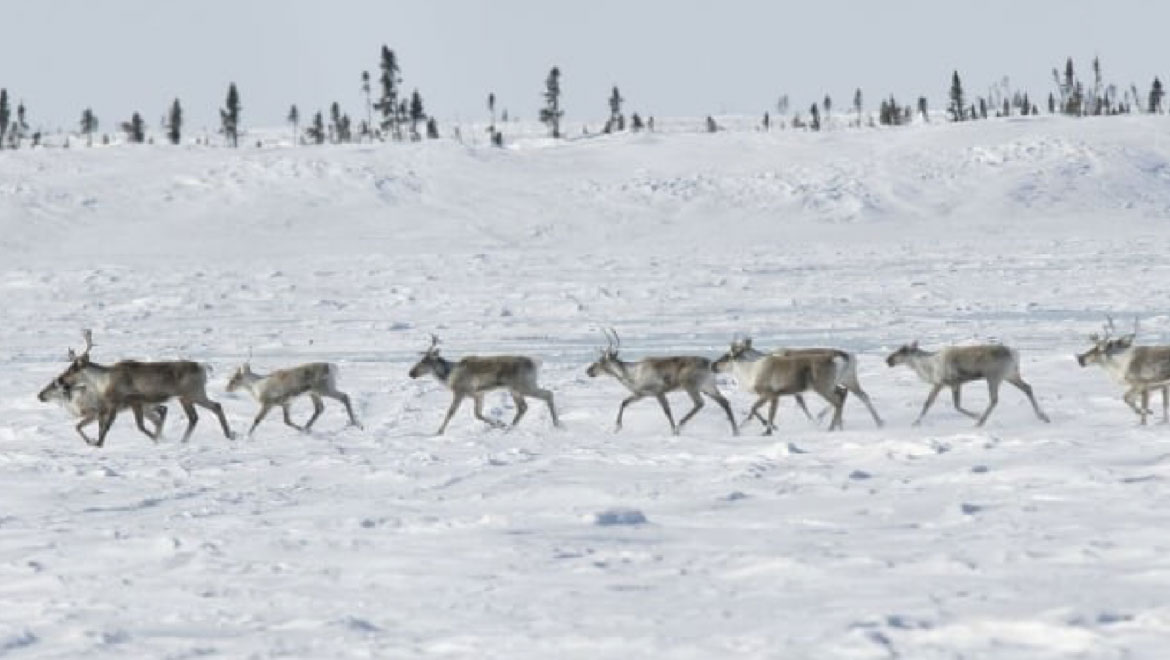

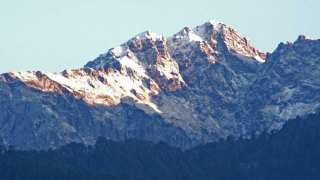

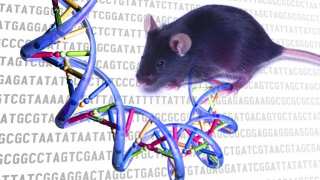
No comment